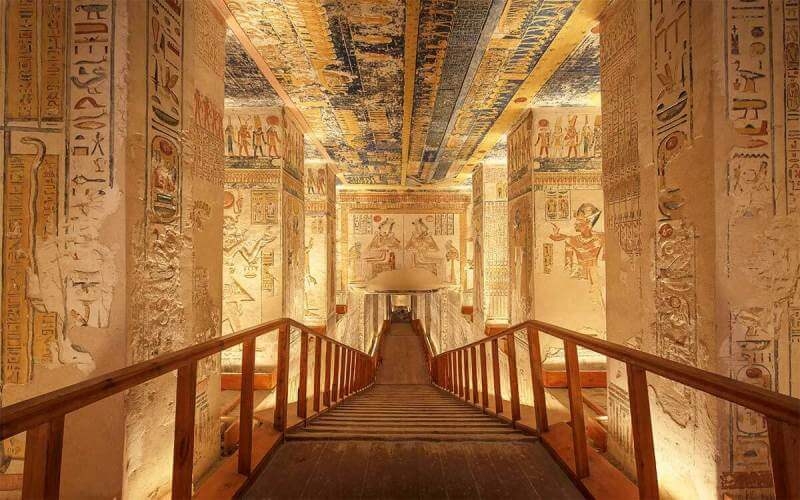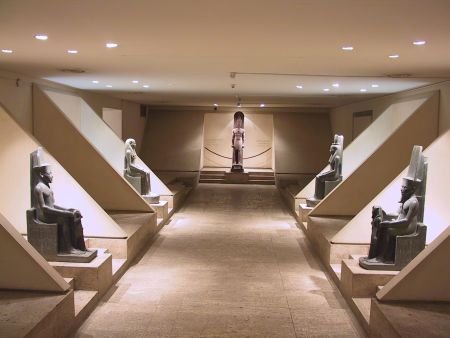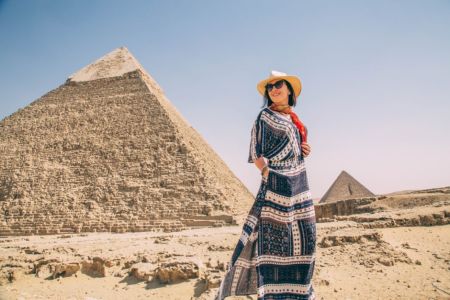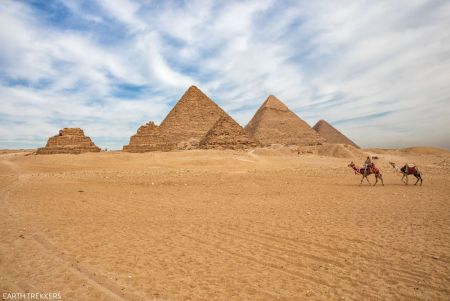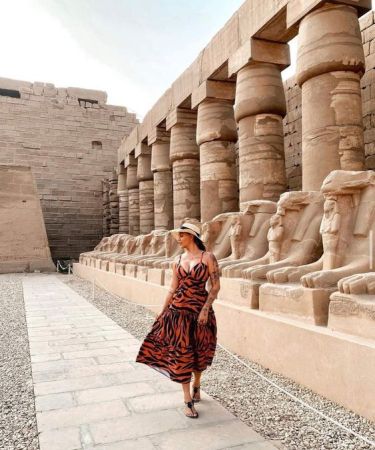Explore Egypt in 5 days! Visit Cairo, Luxor, and Aswan, including the Pyramids, Sphinx, Egyptian Museum, Luxor & Karnak Temples, Valley of the Kings, and Abu Simbel.
Step into the heart of ancient Egypt with our private Valley of the Kings tours. Discover the tombs of legendary pharaohs alongside an expert Egyptologist guide, travel in comfort with VIP transfers, and enjoy a personalized luxury itinerary designed for a truly unforgettable experience in Luxor.
Tickets may be bought on arrival, and your typical pass offers admission into three of the tombs of your choice, with further tickets available for purchase for the famed tombs of Tutankhamun, Ramses VI, and Seti I. Consider making the most of your Luxor day-trip visit early in the morning, as the temperatures tend to be cooler and the site less busy. Comfortable walking shoes, a hat, and a bottle of water are paramount.
This trip changes forever when you have the company of a specialist Egyptologist, who will tell you all the interesting information that these wall paintings, carvings, and hieroglyphs provide about the ancient Egyptians, their beliefs in the afterlife, the rituals surrounding it, and their powerful rulers who once walked the earth.
Why the Valley of the Kings Is a Must-See on Any Egypt Tour
No Egypt tour is complete without stepping into the Valley of the Kings. Each tomb is a masterpiece of art and devotion, filled with colorful depictions of gods, pharaohs, and the underworld journey. The valley represents the heart of ancient Thebes, now modern Luxor, and tells the story of Egypt’s most legendary figures, including Ramses II, Amenhotep III, and Thutmose III.
The valley is not just a historical site—it’s a journey back in time. Walking through the tunnels, the shadow of discovery seems to forever hang there: agents of the past like Howard Carter, straining to find Tutankhamun's tomb. Being a passageway to history, an unforgettable experience, and extremely moving, it is one of the most tasteful Luxor tours into sightseeing there is.
Combine It with the Temple of Hatshepsut for a Full Luxor day trip.
A full-day trip to the Valley of Kings with a quick stop at the Temple of Hatshepsut allows for the perfect juxtaposition of art, architecture, and history. The temple, imprinted with august power into the cliffs of Deir el-Bahari, pays tribute to Egypt's finest female pharaoh—Queen Hatshepsut.
Walking into her temple, one is treated to the sight of her divine birth and trading expedition reliefs in vigor to Punt. Alongside the tombs of the valley, this itinerary stands as one of the most complete and satisfying day trips from Luxor, presenting visitors with opportunities to investigate the royal and divine legacies of the ancient Egyptians.

Tips for Planning Your Luxor Day Tour
Best Time to Visit: Early morning or late afternoon when temperatures are cooler.
What to Bring: Water, sunscreen, and a hat are essentials because the valley offers very little shade.
Photography: No flash photography is allowed inside the tombs; you shall have to bring along a camera with adequate low-light performance.
Guided Tours: Take one of the organized Luxor day trips or Egypt day tours which operate transport and provide professional guides for deeper interpretation.
A typical Luxor day tour will pick you up from the hotel, involve entrance fees, and guide visits to both the Valley of the Kings and the Temple of Hatshepsut, with usually a stop at the Memnon Colossi before returning to the East Bank.
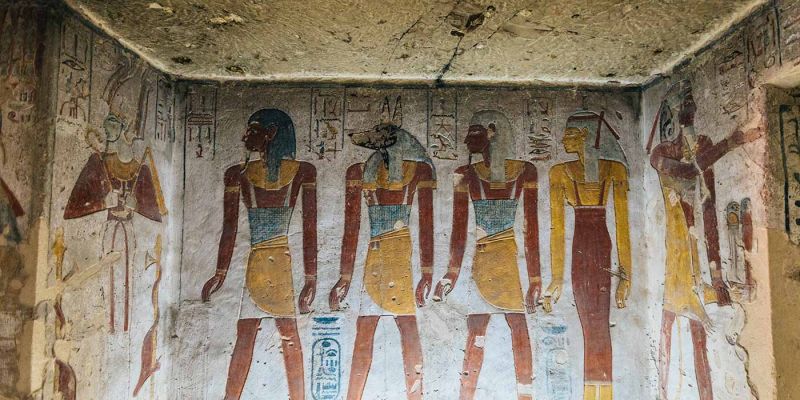
Why the Valley of Kings Belongs on Every Egypt Itinerary
Among all day trips in Luxor, few compare to the thrill of exploring the Valley of the Kings and Hatshepsut Temple. The site embodies everything that makes ancient Egypt extraordinary—its art, architecture, beliefs, and mystery.
Whether you're visiting Egypt for the first time or are a seasoned history buff, the trip to Luxor promises an unforgettable journey into the golden age of Egypt. Strolling through its sacred tombs at any moment reminds one of how advanced and spiritual this civilization really was.
Having included the Valley of the Kings in your Luxor day trips, discover how this time-honored site continues to capture the fancy of visitors from all corners of the globe.
